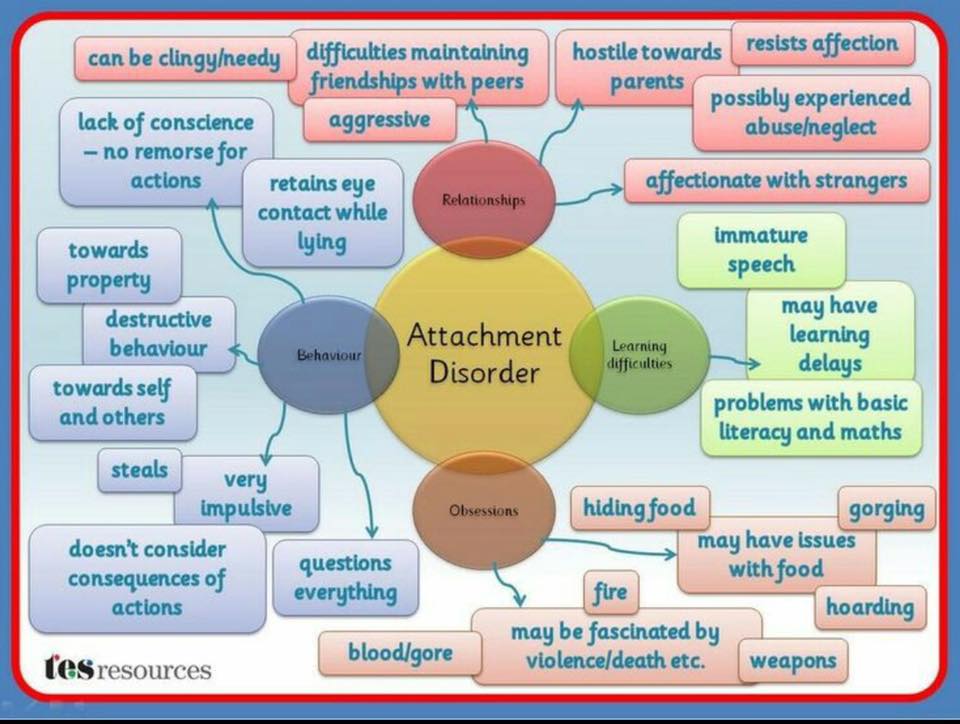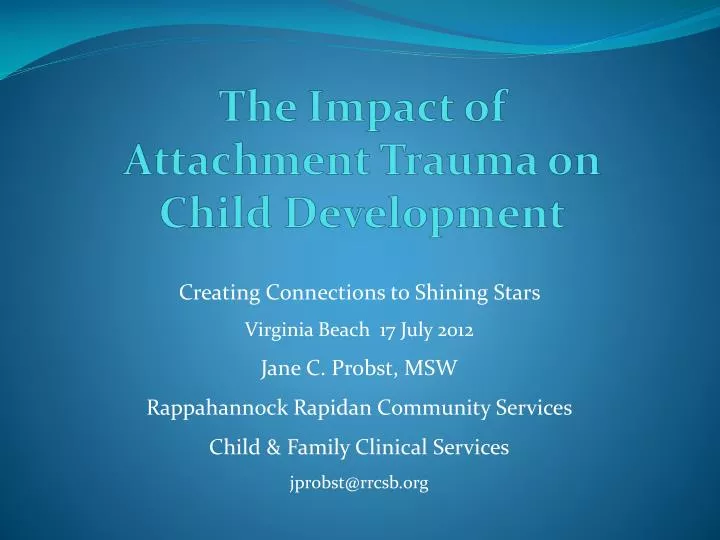

However, parents and carers who provide a nurturing environment and are responsive to their babies needs can lay the foundation for secure attachments to form (Bowlby, 1997) 4. This is sometimes referred to as the pre-attachment phase because the baby doesn’t appear to show an attachment to any specific caregiver. Any bonds formed before birth can have a positive impact on the relationship between babies and their caregivers once the child is born (Condon and Corkindale, 1997) 3. Antenatal (before birth)ĭuring the antenatal period, parents and carers can form a bond with their child. When are attachments formed?Īttachments are formed in different ways during the phases of a child’s development. This can affect their sense of trust in others, self-worth and their confidence interacting with others (Bowlby, 1997) 2. The first two years of a child’s life are the most critical for forming attachments (Prior and Glaser, 2006) 1.ĭuring this period, children develop an ‘internal working model’ that shapes the way they view relationships and operate socially. Our information specialists are here to help you find research, guidance and best practice.

#ATTACHMENT TRAUMA HOW TO#
However, it’s important for all adults working with children to understand what attachment is and know how to help parents and carers become attuned to their child’s needs. Only specially trained and qualified professionals should assess a child’s attachment style.

Disruption to or loss of this bond can affect a child emotionally and psychologically into adulthood, and have an impact on their future relationships. In particular, attachment theory highlights the importance of a child’s emotional bond with their primary caregivers. What is attachment theory and why is it important?Īttachment is a clinical term used to describe "a lasting psychological connectedness between human beings” (Bowlby, 1997) 1.


 0 kommentar(er)
0 kommentar(er)
